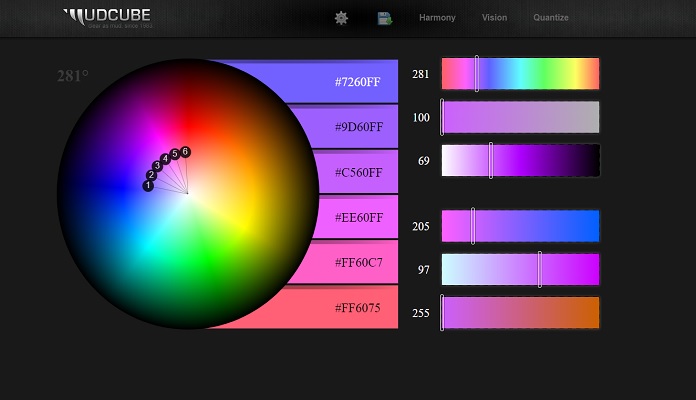Multi-Language Support for Joomla: Using Extentions or Not
Active internetization of the world dictates new tendencies for the web. As we can see every nation intends to develop the native language sector on the internet. Of course, you can be an adherent of globalization (it’s silly not to be), but not to admit the growing of non-Englishspeaking users equals to be a fool. Sure, we can replace a word “fool” with a term “bad marketer”, however the essence won’t change.
So, expand your target audience by countries, make people from all over the world interested in your resources. Today I would try to help your with that by showing the ways of improving multilingual support on Joomla. The main method to do this is to upgrade your Joomla system with proper language extensions. The fact that an official Joomla site gathers them in one place is quite handy. Multilingual extensions that are focused on managing content we require can be downloaded directly from the appropriate category.
Anyway, let me present couple of the most suitable and therefore the most popular multilingual tools.
* * *
FaLang
It’s probably the best extension for a multilingual Joomla website. FaLang is a completely free manager for content translations, which allows working even with component and modules. The extension is available in three versions: 1.7, 2.5 and 3.x. You’ll be able to translate k2, aiContactSafe, Docman, Redshop, hikashop, jDownload, phocaDownload and more.
Joom!Fish
This non-commercial extension is a good choice once you need translate any content within the Joomla system. The useful feature is Joom!Fish supports the third party extension translations. Besides, the extension has plenty of addons: it’s worth to mention about one of them appeared in the recent versions – a Router for URLs.
* * *
Okay, let’s assume you’ve got the extension, which would satisfy all your needs. So what’s next? The obvious answer is we have to install the tool to Joomla back-end. In most cases the following step-by-step instruction would work:
– Download the extension as a zip file.
– In the dashboard of your Joomla site select Extensions ==> Install/Uninstall.
– Click the Browse button and select the extension package.
– Click the Upload File & Install button.
Optionally some extensions may require further steps for installation. In case the default installation process is not successful, you can unzip the file locally and install it manually.
* * *
Usage of extension is certainly the most effective way to multiply the linguistic component. Nevertheless, you can make you Joomla website multilingual without any extensions. You’ll just need to follow these 10 steps:
1. Install language pack.
2. Define content languages.
3. Enable and configure “System – Language Filter” plugin.
4. Create root category for every language.
5. Create articles.
6. Create menus (every language own menu).
7. Create menu Items & Menu Item Association.
8. Create menu modules (every language own menu module).
9. Create language switcher module.
10. Redirect old incoming links.
For more detailed instructions with examples click here
* * *
I hope the info represented in article would come in handy for Joomla developers: either newbies or experienced ones. Make your website as comfortable as possible for people all over the world including your compatriots who don’t speak English.
If you have something to add, feel free to do it in the comments below.
About the author:
Art Rivera: Deeply interested in everything connected with Internet, I sincerely suppose the web is the only future reality for the humanity through its inevitable involving into every part of human life. I’m not a great fan of cyberpunk concept, but the world is keeping that certain direction of total connectedness. And of course there should be someone, who can write the history, who would describe and analyze and enter in the record all notable changes and tendencies on the web. Hello, it’s me.



